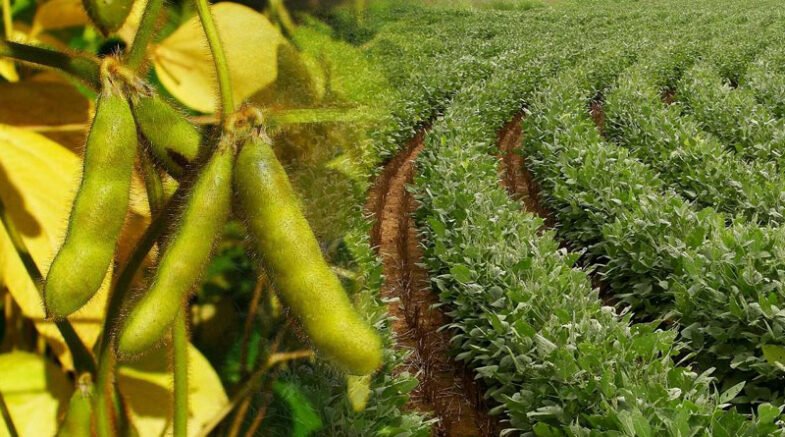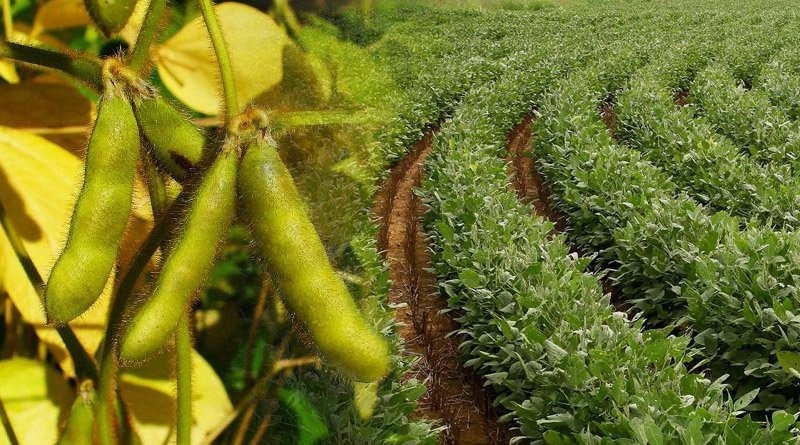Plant selection is a process that involves identifying, selecting, and breeding plants with desirable traits for various purposes, such as food, medicine, ornamental uses, and more.

Plant selection is a process that involves identifying, selecting, and breeding plants with desirable traits for various purposes such as food, medicine, ornamental uses, and more. Over the years, humans have developed various plant selection methods that have resulted in significant improvements in crop yields, disease resistance, and overall plant quality.
In this article, we will delve deeper into the different plant selection methods, their advantages and disadvantages, and the future of plant selection.
Mass selection:
Mass selection is one of the oldest and simplest methods of plant selection. In this method, seeds from many plants are mixed and planted together. After the plants mature, the best ones are selected based on desirable traits such as yield, disease resistance, or flavor.
The seeds from these selected plants are then saved and replanted in the next generation, resulting in a gradual improvement in the overall quality of the crop. This method is relatively easy and inexpensive, and it can be used for any type of plant.
However, mass selection has some disadvantages. It can take several generations before significant improvements are achieved, and the process may not result in plants with the desired traits. Moreover, mass selection relies on natural variations, and it is not always possible to identify and select the best plants accurately.
Phenotypic selection:
Phenotypic selection involves selecting plants based on observable traits such as height, leaf shape, flower color, or fruit size.
These traits are often controlled by a combination of genetic and environmental factors, so it is important to choose plants that not only have desirable traits but also perform well in specific growing conditions.
This method is widely used in agriculture and horticulture because it is relatively easy and inexpensive. It allows breeders to select plants with desirable traits that are easy to identify, such as disease resistance or fruit size.
However, phenotypic selection may not be effective for complex traits that are difficult to observe or measure, such as drought tolerance or nutrient uptake efficiency.
Genotypic selection:
Genotypic selection involves selecting plants based on their genetic makeup, which can be determined by DNA sequencing or other genetic analysis techniques. Genotypic selection allows breeders to identify specific genes or markers associated with desirable traits and use them to selectively breed plants with those traits.
This method has become increasingly popular in recent years due to advances in genetic analysis techniques. It allows breeders to identify and select plants with desirable traits more accurately and efficiently than with other methods.
Moreover, genotypic selection can be used to select plants with complex traits that are difficult to observe or measure, such as drought tolerance or nutrient uptake efficiency.
However, genotypic selection has some disadvantages. It can be expensive and time-consuming, and it requires specialized equipment and expertise. Moreover, it may not be effective for traits that are controlled by multiple genes or that are influenced by environmental factors.
Hybridization:
Hybridization involves crossing two different plants to create a hybrid offspring that combines the desirable traits of both parents. Hybridization can be done naturally, but in modern agriculture, it is often done artificially by hand-pollinating flowers or using specialized machinery.
Hybrid plants are often more vigorous and have higher yields than their parents, but they may also be sterile or produce unpredictable offspring.
This method has been widely used in agriculture and horticulture for many years. It allows breeders to combine desirable traits from different plants and create new varieties with improved quality, yield, and disease resistance. Moreover, hybridization can be used to create plants with desirable traits that are difficult to achieve by other methods.
However, hybridization has some disadvantages. It can be expensive and time-consuming, and it requires specialized expertise and equipment. Moreover, hybrid plants may not always perform well in specific growing conditions, and they may require specialized management practices.
Genetic engineering:
Genetic engineering involves modifying the genetic makeup of plants by inserting or deleting specific genes or DNA sequences. This method has revolutionized plant selection and allowed breeders to create plants with specific desirable traits that would be impossible to achieve by traditional breeding methods.
Genetic engineering has been used to create plants with improved disease resistance, tolerance to environmental stresses, and increased nutritional value. For example, the development of genetically modified (GM) crops has allowed farmers to reduce the use of pesticides and herbicides, resulting in more environmentally sustainable farming practices.
However, genetic engineering is a controversial topic, and there are concerns about the potential risks associated with genetically modified organisms (GMOs). Some people worry that GMOs may have unintended consequences for the environment or human health, and there is ongoing debate about the safety and ethical implications of genetic engineering.
Participatory plant breeding:
Participatory plant breeding is a relatively new method that involves collaboration between farmers, breeders, and other stakeholders in the plant breeding process.
This method is designed to incorporate the knowledge and experience of local farmers and communities into the plant selection process, resulting in plants that are better adapted to local growing conditions and cultural practices.
Participatory plant breeding has been used successfully in many parts of the world, particularly in developing countries where farmers have limited access to modern plant breeding techniques. This method allows farmers to play an active role in the selection and development of new plant varieties, resulting in more sustainable and equitable agricultural practices.
Conclusion:
Plant selection is a complex and dynamic process that has evolved over thousands of years. Today, plant breeders have access to a range of sophisticated plant selection methods that allow them to create plants with specific desirable traits. Each method has its advantages and disadvantages, and breeders must choose the most appropriate method depending on their specific goals and constraints.
As we look to the future of plant selection, there is growing interest in developing plants that are more sustainable, resilient, and adaptable to changing environmental conditions.
This will require continued innovation and collaboration between plant breeders, farmers, and other stakeholders in the plant breeding process. With the right tools and approaches, we can create plants that will help us feed a growing population, protect our natural resources, and support sustainable agricultural practices.
